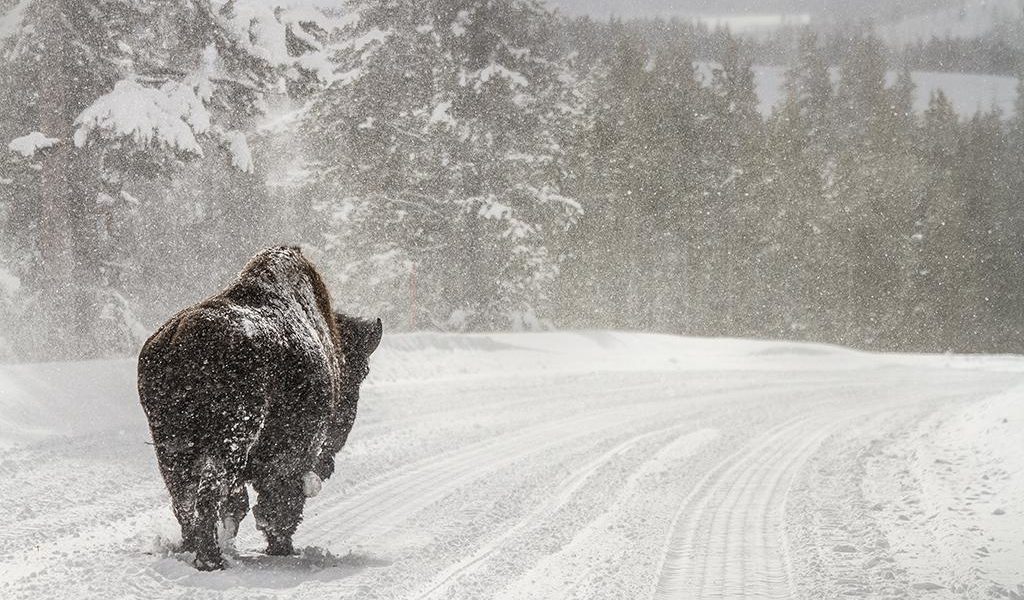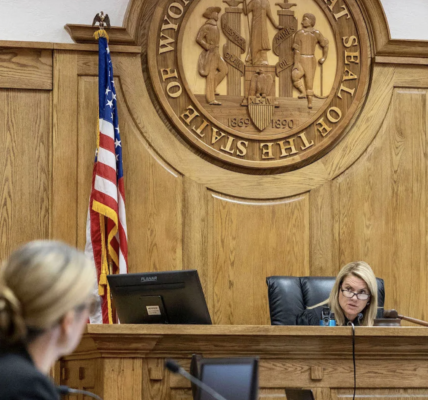From the lower prices and nonexistent crowds to the magical layer of white snow, winter in Yellowstone has its perks. But there’s also something else hiding in the snowy landscape: wildlife. Winter wildlife watching in Yellowstone offers unprecedented, intimate views and the chance to see some amazing creatures.
Bison, elk, foxes, and mountain lions roam the grounds of Yellowstone, and if you play your cards right, you may be able to observe them up close.
Northern Yellowstone
If you’re searching for elk in Yellowstone, you’re almost guaranteed to find them—they’re the most abundant large mammal in the park. There are over 10,000 elk in the Northern Range of the Park.
Freezing temperatures drive most of the animals down from high altitudes into the lower valleys to hunt for food in the vast plains. As a result, Yellowstone visitors can expect to view wolves, foxes, coyotes, elk, moose, and owls. Yellowstone ranks as one of the best places in the world to spot wolves because they tend to roam through the Northern Range into Lamar Valley. In other words, if you want to see a wolf, you have a great chance of seeing one in the northern parts of the park. Mountain lions, on the other hand, are a very rare sight—there’s only 25 to 30 of these solitary creatures in the park. They prefer rocky terrain and forested areas that provide cover for hunting prey, but the Northern Range offers a good habitat for them because of the light snowfall.
Southern Yellowstone
Bison are known to huddle near the warmth of the Great Faithful geyser. If you’re vigilant, you may be lucky enough to spot a bald eagle gliding through the air above. As you move closer to the Firehole and Madison rivers, you’ll see large trumpeter swans wading in the frigid cold waters. You can also see river otters splashing around; these adorable mammals are actually active all year and remain near bodies of water.
How to See the Animals
Conditions in the park can change dramatically depending on the harshness of winter and time of day—temperatures drop significantly after nightfall. There’s one open road to the park’s northeast entrance that remains open to visitor vehicles, but it isn’t necessarily a painless drive. While this is an option for well-equipped adventurers, it’s more sensible for others to choose to take a snowcoach tour on the well-maintained park roads. You can focus on using those expensive binoculars to spot the wildlife while the staff drives you on available routes. The Yellowstone Association offers animal-watching day trips at various times during the day and night, giving you the best chance to spot amazing critters.





